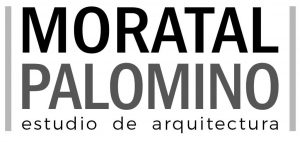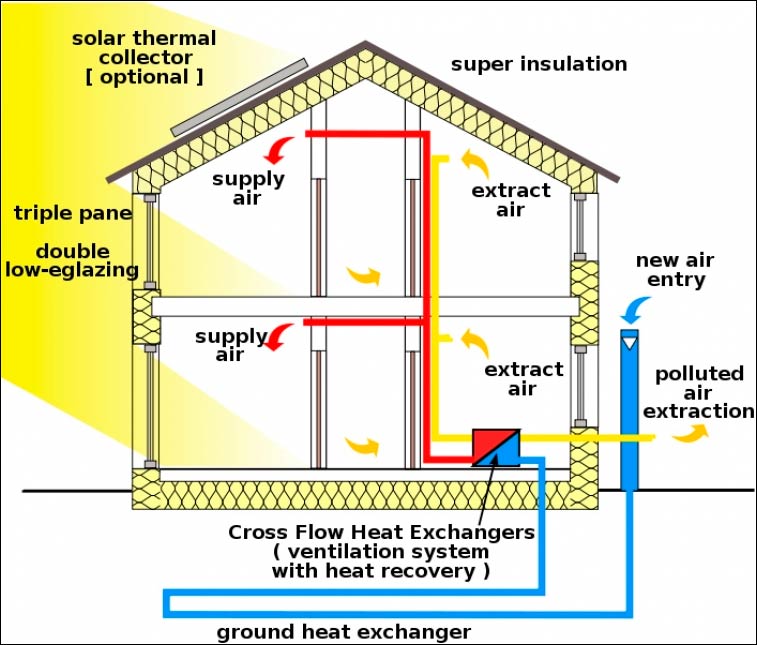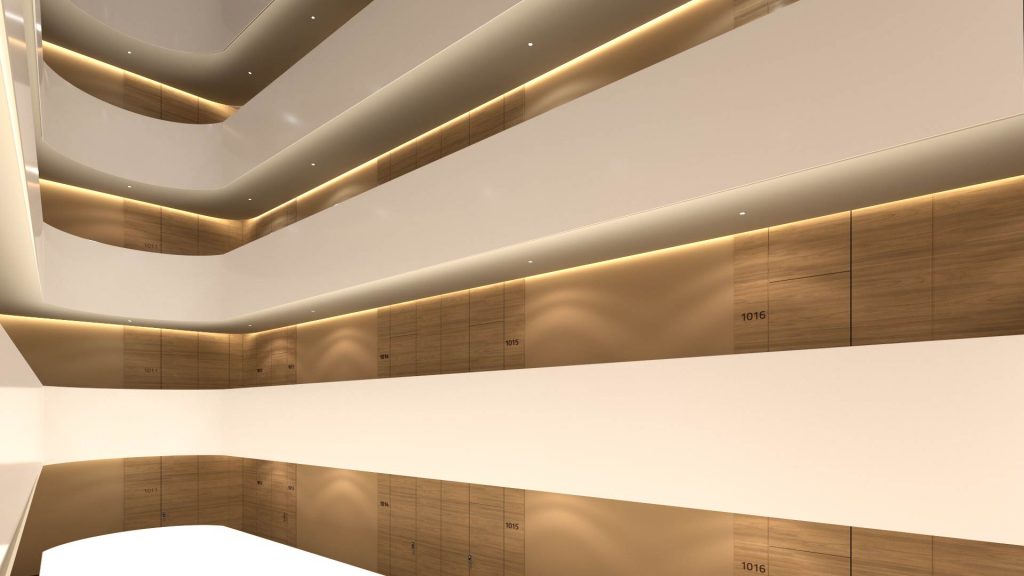Passivhaus Standard
The Passivhaus standard is a concept created in Germany in 1988 and put into practice worldwide since then. It is a series of construction rules for passive houses to ensure that the building has zero or near zero energy consumption and a high level of interior comfort. If the building meets such requirements, one can obtain Passivhaus certification issued by certified technicians, recognized and valued throughout Europe and throughout the civilized world.
But what are these innovative systems that allow us to save resources and benefit the environment?
Above all, the most important thing is good design. Understanding good design as good orientation, compactness (in this case the Modern Movement and thinking would not be too “Passivhaus”), and the solar protection of south facing openings among others. Generally, they are aspects that have been taken into account ever since we can remember in traditional architecture, when things were built with care and consideration.
Thermal insulation
The next most important factor is thermal insulation. Here, we are not talking about putting a little polyurethane foam in a wall cavity. We must install appropriate thermal insulation, of the greatest thickness possible, using various insulating materials (if possible, environmentally friendly) and, most importantly, always on the exterior. Generally, this leads to the enclosure having a high thermal inertia and avoids thermal bridges.
It is true that sometimes it is recommended that the insulation be put inside, for example in holiday homes so that they heat up faster, or, of course, in renovations of traditional houses in which the facade is an important heritage factor. In such cases, even if a Passivhaus house with these characteristics could be obtained, it would be necessary to consider whether or not its application is recommended (do we want a Passivhaus cathedral?).
Ventilation
Another important factor for warmer climates like our own (with respect to the reference climate which is that of Germany) is ventilation. It is important to ventilate at night in summer, to dissipate the accumulated heat and refresh the stale air. The specifications of the Passivhaus standard include ventilation with heat recovery. In other words, the stale hot air that leaves should transfer its heat to the fresh cold air that enters. In this way, as little heat as possible is lost from the interior while fulfilling a primary need such as ventilation.
Enclosures
Another factor in which the Passivhaus standard places great emphasis is the airtightness of the overall enclosure. The air and heat outlets and inlets must be well controlled to mitigate losses as far as possible. This requires Passivhaus windows, which consist of windows with noble gas filled, double or triple, low emissive glazing. The window is one of the elements through which most heat is lost in a normal house, and that is why they must be properly controlled.
“A” Rated Energy Classification
Once these conditions are met, a series of tests will be carried out on the house, calculating the energy losses and establishing if it meets the Passivhaus standard. To get an idea, this standard is equivalent to an “A” energy rating if we carry out an energy efficiency certificate.
It is also equivalent to the “Nearly Zero-Energy Buildings” (NZEB), standard that the European Union wants to reach by 2020. All of these, each with their nuances, are aiming for us to live in a world where we don’t have so much dependence on energy use. As buildings account for 60% of the planet’s energy consumption, reducing this to a minimum is an essential factor if we don’t want to return to living in caves and wearing bear skins, if they still exist.
Source (translated): https://www.certicalia.com/blog/passivhaus-en-espana







